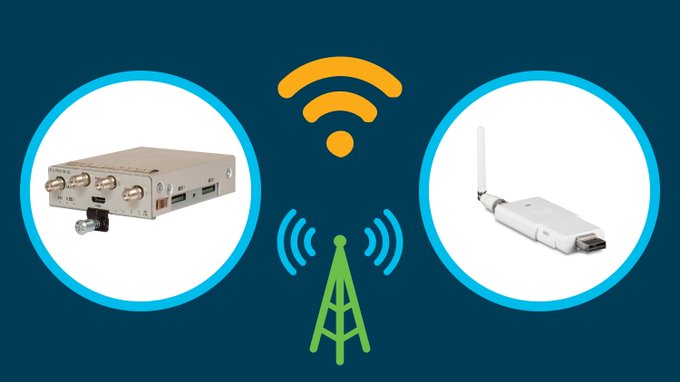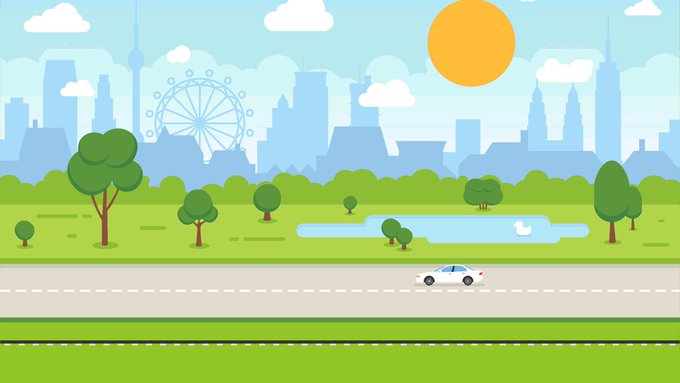As coronavirus spreads rapidly across the world, the impact of global urbanization and population density is felt. The UN projects that by 2050, 68 percent of the world population will live in urban areas. One of the new great human challenges is to figure out how to make civilizations smarter, more proactive, and responsive to keep us safe. Smart cities offer a way to keep us thriving, both day to day, and in the face of crises like climate change, pandemics, and terrorism.
Technology can enable consumers to be connected with 5G supporting a range of use cases needed to make smart IoT-powered cities run – from the simple smart water meter to the autonomous EMS vehicle. By 2023, Cisco expects 5G to represent 10 percent of total global mobile connections with even higher concentrations in key markets, according to the Cisco Annual Internet Report, 2019.
The total number of Internet users is projected to grow from 3.9 billion in 2018 to 5.3 billion by 2023 at a CAGR of 6 percent. In terms of population, this represents 51 percent of the global population in 2018 and 66 percent of global population penetration by 2023.

Globally, devices and connections are growing faster (10 percent CAGR) than both the population (1.0 percent CAGR) and the Internet users (6 percent CAGR). This trend is accelerating the increase in the average number of devices and connections per household and per capita. Each year, various new devices in different form factors with increased capabilities and intelligence are introduced and adopted in the market. A growing number of M2M applications, such as smart meters, video surveillance, healthcare monitoring, transportation, and package or asset tracking, are contributing in a major way to the growth of devices and connections. By 2023, M2M connections will be half or 50 percent of the total devices and connections.
M2M connections will be the fastest-growing device and connections category, growing nearly 2.4-fold during the forecast period (19 percent CAGR) to 14.7 billion connections by 2023.
Smartphones will grow the second fastest, at a 7 percent CAGR (increasing by a factor of 1.4). Connected TVs (which include flat-panel TVs, set-top boxes, digital media adapters [DMAs], Blu-ray disc players, and gaming consoles) will grow next fastest (at a little less than a 6 percent CAGR), to 3.2 billion by 2023. PCs will continue to decline (a 2.3 percent decline) over the forecast period. However, there will more PCs than tablets throughout the forecast period and by the end of 2023 (1.2 billion PCs vs. 840 million tablets).
By 2023, the consumer share of the total devices, including both fixed and mobile devices, will be 74 percent, with business claiming the remaining 26 percent. Consumer share will grow at a slightly slower rate, at a 9.1 percent CAGR relative to the business segment, which will grow at a 12.0 percent CAGR.
Naturally, service providers are rushing to prepare all the technical requirements to roll out 5G’s potential. But the industry can’t stop there. Service providers must partner with technologists, enterprises, and governments to define how to use 5G effectively.
Cisco is committed to working with service provider partners and clients to harness 5G to create real value. Service providers can leverage Cisco’s end-to-end portfolio of cloud-native core network functions and IoT portfolio that includes industrial networking, cybersecurity, management, data, and edge compute to provide complete solutions. 5G can also be used in tandem with other wireless and cellular access technologies depending on the enterprise’s business need and use cases.

By the end of 2020, Cisco IoT Control Center, its cellular connectivity management platform, will have 5G stand-alone (SA) readiness. It will also orchestrate connectivity across all 5G service layers – including NB-IoT, enhanced mobile broadband, and ultra-reliable low latency communications. Service provider offerings can be tailored to the unique needs of each 5G use case.
As part of its 5G incubation program, Cisco is codifying key use cases. The company pinpointed hotbeds of 5G opportunity – verticals with strong IoT growth projections that are also inherently mobile.
“We also expect 5G will make a difference in energy (24 percent IoT CAGR), connected city infrastructure (26 percent IoT CAGR), and connected cars (30 percent IoT CAGR),” said Liz Centoni, SVP of Incubation and Emerging Technologies. “We think these possibilities come together in the smart city of the near future. In our model, a smart city includes three key areas: smart utilities and services, smart crowd management systems, and smart roads supporting autonomous vehicles. Let’s explore the possibilities:
Smart utilities harness sensors and connectivity to monitor and respond to water, trash, and energy usage in real time. These include identifying water main leaks and dispatching repair teams before an outage occurs; monitoring real-time energy consumption and pricing and redirecting locally stored renewable energy on demand to keep bills low; and abolishing “trash days” and collecting trash only when smart waste bins are full.
Smart crowd management systems with intelligent monitoring and facial recognition help manage crowds, traffic, and security issues. These would include reducing traffic by automatically directing circling cars to open parking spots; using crowd monitoring technology to predict wait times, redirect pedestrian traffic, and dispatch employee support based on crowd sizes; identifying lost children or suspicious persons in a dense crowd using facial recognition; and tracking public health outbreaks and pandemics like the coronavirus and automatically routing crowds away from impacted areas such as public transportation, in airports, and in common gathering spaces.
Smart roadways connect traffic lights, roads, bridges, streetlights, and signage with the autonomous vehicles that drive on them. These include supporting a city of self-driving vehicles that communicate with the road and other vehicles to avoid collisions, automatically reroute around accidents, and offer a productive commute full of streaming services and entertainment; minimizing traffic and road damage by synchronizing traffic lights to route heavy load-bearing vehicles through a city as quickly as possible; and creating safer school zones and intersections with responsive signage and traffic lights that signal the presence of and protect pedestrians.
Cisco is committed to working with service provider partners and clients to make the smart city a reality for all, and will be focused on codifying 5G use cases to show users how to use this emerging technology to make the connected community safer and more sustainable.




